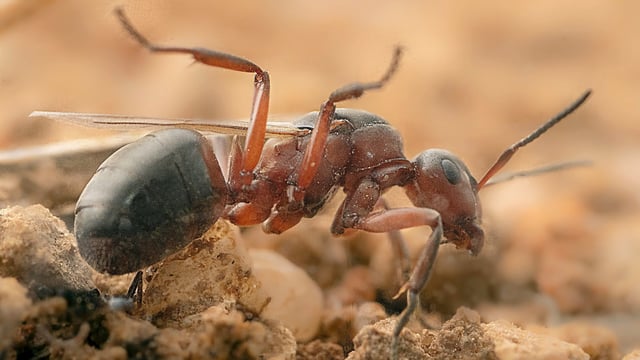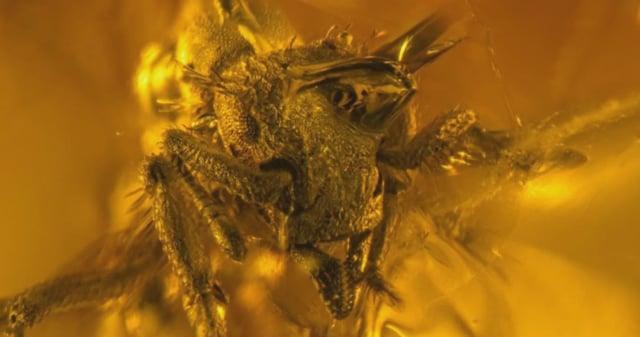Overview
- The fossilized Basiceros enana, measuring 5.13 mm, is the first known Caribbean specimen of its genus, dating back 16 million years.
- Advanced Micro-CT imaging and 3D reconstruction enabled detailed analysis of the ant's morphology and evolutionary lineage.
- The study shows Basiceros ants nearly doubled in size over 20 million years, overturning previous theories of size evolution.
- Specialized hairs for soil adhesion, key to the ants' crypsis, were already developed in this ancient species.
- Researchers link the Miocene extinction of these ants to ecological changes and highlight significant predator ant diversity loss in the Caribbean.



